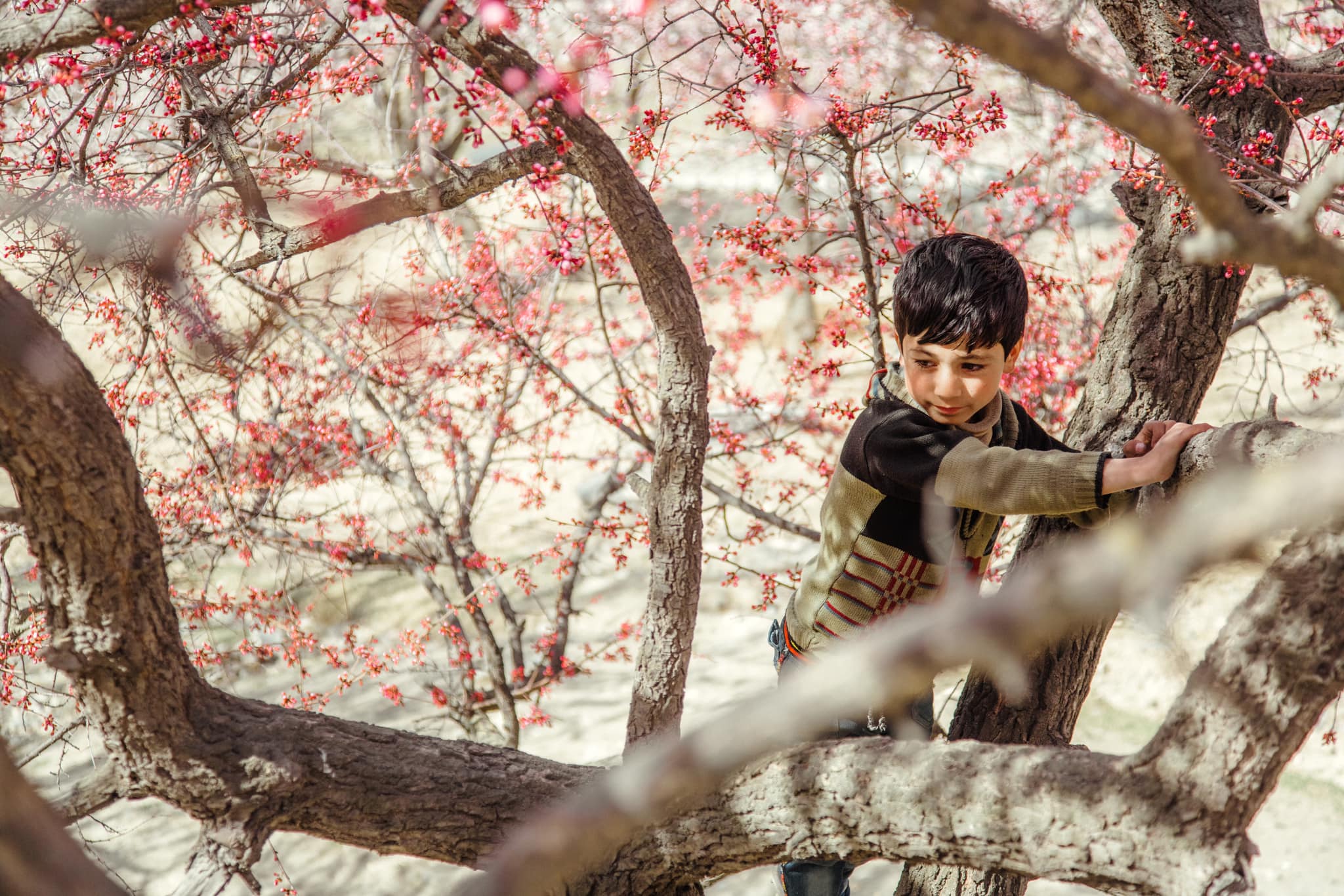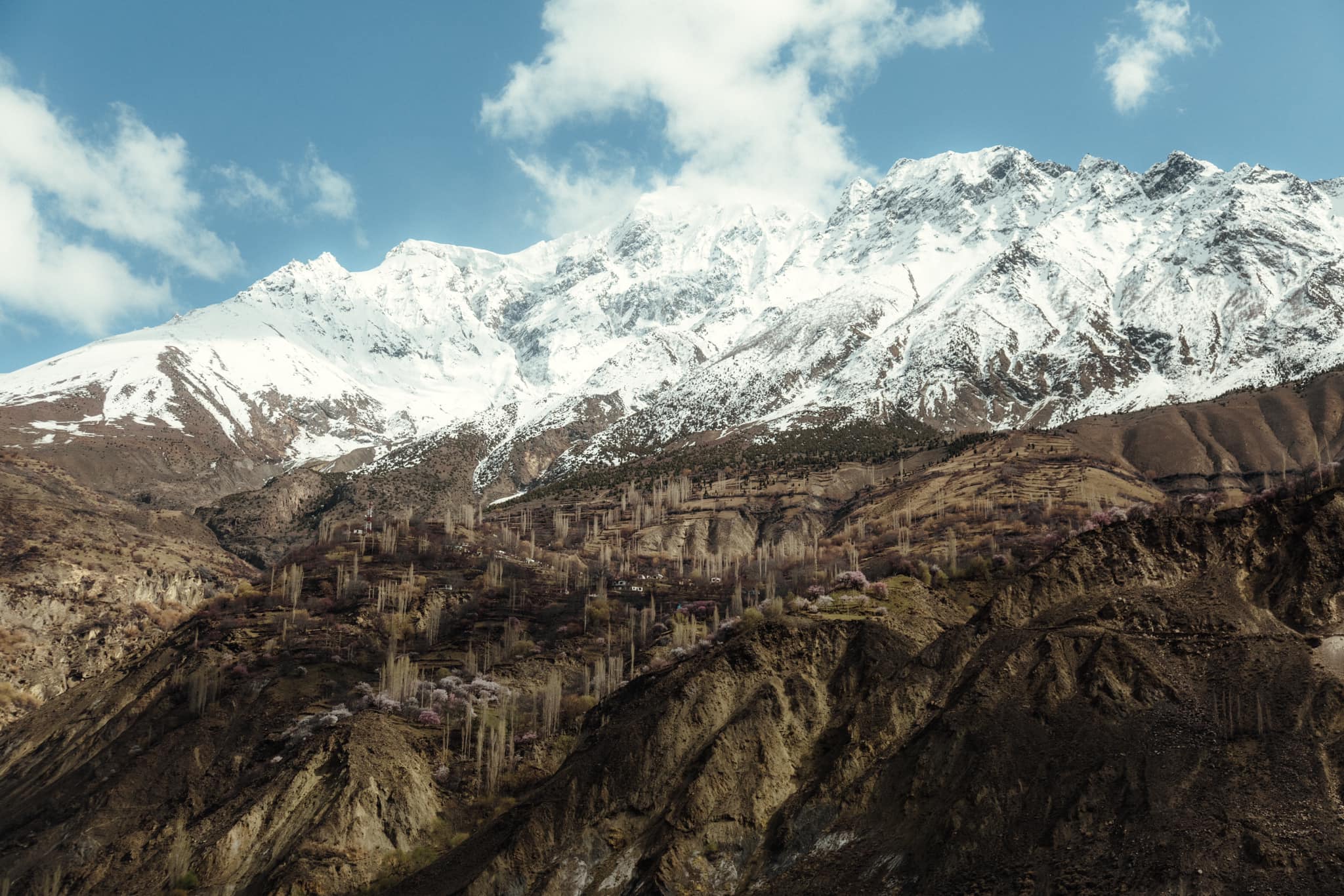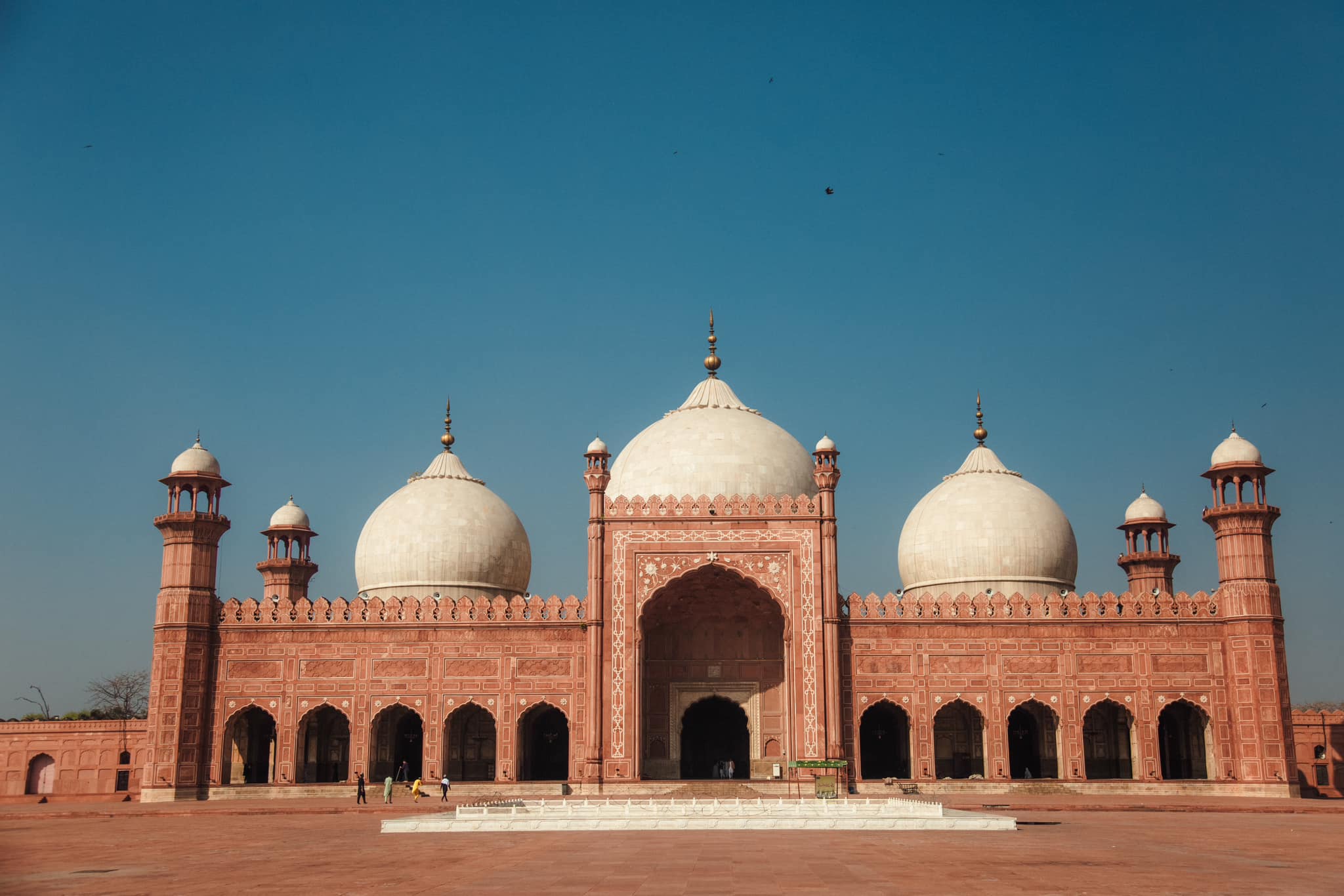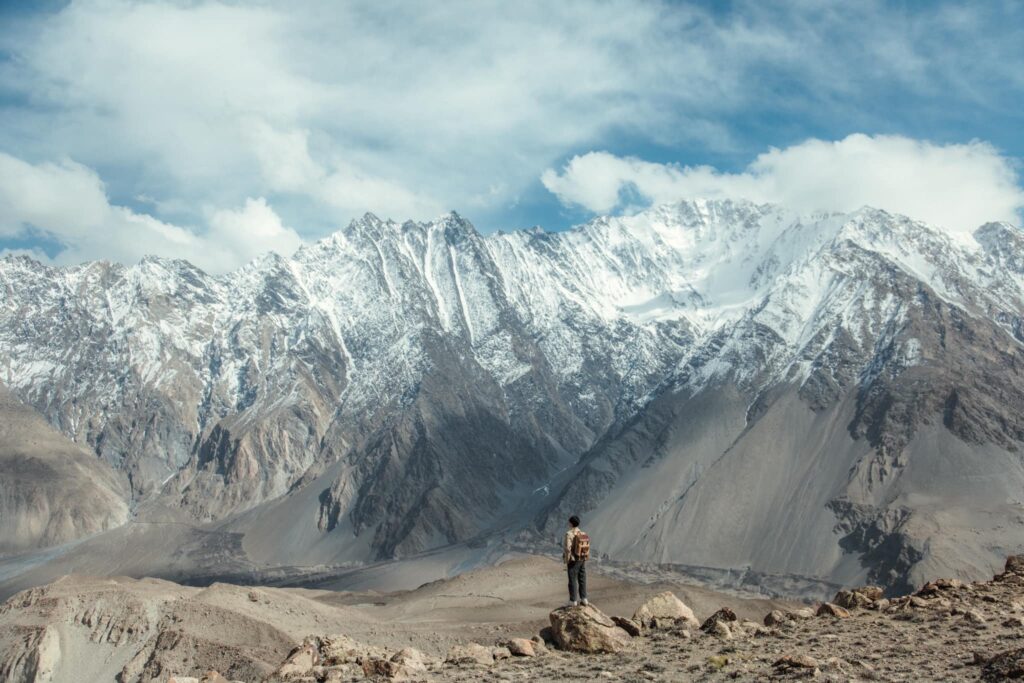Before I set foot in Pakistan, all I really knew were the headlines—conflict, danger, politics. But curiosity is a stubborn thing. I had read too many travel blogs quietly whispering “It’s not what you think.” I had seen too many photos of snow-covered peaks, pastel-toned mosques, and bazaars bursting with color. So I went.
And what I found was a country that broke my stereotypes, challenged my comfort zone, and gifted me more tea, kindness, and unsolicited selfies than I ever thought possible.
First Impressions in Lahore: Chaos and Charm
My journey began in Lahore—Pakistan’s cultural heart. The airport was modest, the heat hit me like a wall, and the traffic? Well, let’s just say it’s a symphony of horns and near misses. But somewhere between the haze and the hustle, Lahore gripped me.
I stayed in the old city, not far from the Walled City’s majestic Delhi Gate. Each morning, I wandered through narrow alleyways that smelled of cardamom, diesel, and history. Rickshaws rattled past ancient buildings, kids chased each other barefoot, and the shopkeepers always shouted a cheerful “Welcome to Pakistan!” the second they saw my foreign face.
The highlight? The Badshahi Mosque. I went at sunset, barefoot on the cool red sandstone, and just sat there. The call to prayer echoed through the fading sky while pigeons wheeled in silence overhead. It was one of those rare moments when time seems to hold its breath.
Food, Friends & Forts
You haven’t truly met Lahore until you’ve eaten from its streets. My first food stop was the legendary Butt Karahi—a name you will not forget. Cooked in a bubbling wok of tomatoes, green chili, and so much ghee I could practically feel my arteries whimper, it was magnificent. I ate with my fingers. I burned my tongue. I loved every bite.
At Shahi Hammam, I met Ali—a local guide who quickly became a friend. He invited me to his home for chai, introduced me to his family, and made me promise I’d tell people back home that Pakistanis are more hospitable than any Lonely Planet guide could ever describe. He was right.

Northbound: Into the Mountains of Hunza
From Lahore, I flew to Gilgit and made my way up the Karakoram Highway into the Hunza Valley. If Lahore was chaos, Hunza was poetry. The air grew crisper, the mountains taller, and my heart a little lighter with each turn of the road.
I stayed in Karimabad, perched above a green valley, with Rakaposhi shimmering in the distance. The guesthouse was simple—stone walls, wool blankets, and a view that made you forget your phone even had a screen.
Each morning, I hiked—Eagle’s Nest for sunrise, Altit Fort for history, and random village paths where kids waved and elders offered dried apricots with no expectation but your smile.
But my favorite memory? Sitting beside the Hunza River, eating fresh naan with walnut chutney, as an old man named Ghulam told me stories of the “old days.” He spoke in soft Urdu, which I barely understood, but emotion needs no translation.
Fairy Meadows: Where Silence Roars
If there’s one place in Pakistan that feels like a fairy tale come alive, it’s Fairy Meadows. Getting there is no joke—a flight, a jeep ride that feels like a near-death experience on a cliffside road, and then a five-kilometer hike at altitude.
But then—you arrive.
Pine trees, snowy peaks, wildflowers, and Nanga Parbat standing like a silent giant in the distance. I pitched a tent, lit a fire, and watched as the sky bruised into twilight and stars arrived like an audience for the mountain’s performance.
The night was cold. The silence was total. I’ve never felt smaller or more alive.

Swat & Peshawar: Beauty and Resilience
From the serene north, I ventured into Swat Valley—often called the “Switzerland of the East.” Green hills rolled like velvet, and terraced farms clung to mountainsides. But what hit me harder than the beauty was the resilience.
Swat was once a conflict zone. But now, it pulses with life. Kids walk to school, men sip tea under banyan trees, and women are slowly reclaiming public spaces.
Peshawar was a different story. It’s one of the oldest cities in South Asia and feels like walking through time. The Qissa Khwani Bazaar (the “Storytellers’ Market”) buzzes with history and color. Pashto music blares, kebabs sizzle on roadside grills, and artisans hammer brass into memory.
I expected grit. I didn’t expect the warmth. Strangers stopped me to ask where I was from, offered chai, and posed for photos with huge grins. One old shopkeeper even refused to take my money, saying, “You are guest. You are my honor.”
The Misconceptions and the Magic
Let’s address the elephant in the room: safety.
Yes, I was cautious. I registered with embassies, dressed modestly, and avoided sensitive regions. But at no point did I feel threatened or unwelcome. In fact, it was the opposite—I was over-welcomed. Pakistanis are so eager to show their country in a new light that they practically adopt you.
The truth is, Pakistan isn’t an easy place to travel. Infrastructure can be rough. Roads can test your bones. Women travelers face extra challenges. But if you go with an open heart and a flexible itinerary, the rewards are profound.
What Pakistan Gave Me
Pakistan gave me dusty shoes, calloused hands, and a sunburn I’m still nursing. But it also gave me deeper things:
- A renewed faith in human kindness.
- A taste for chai so strong, I now crave it daily.
- A reminder that headlines never tell the full story.
Would I Go Back?
In a heartbeat.
I want to see the Makran coast, sail on Lake Attabad, hear Sufi music in Sindh, and return to Hunza when the apricot blossoms bloom again.
Pakistan didn’t just welcome me. It changed me.
So if you ever get the chance—go. Not for the mountains, the mosques, or the food (though, all amazing). Go to challenge your view of the world. Go to meet people who defy expectations. Go to discover a country that is, in every sense of the word, unforgettable.

With dust still on my boots and chai still in my blood,
— A traveler forever enchanted by the Land of the Pure

